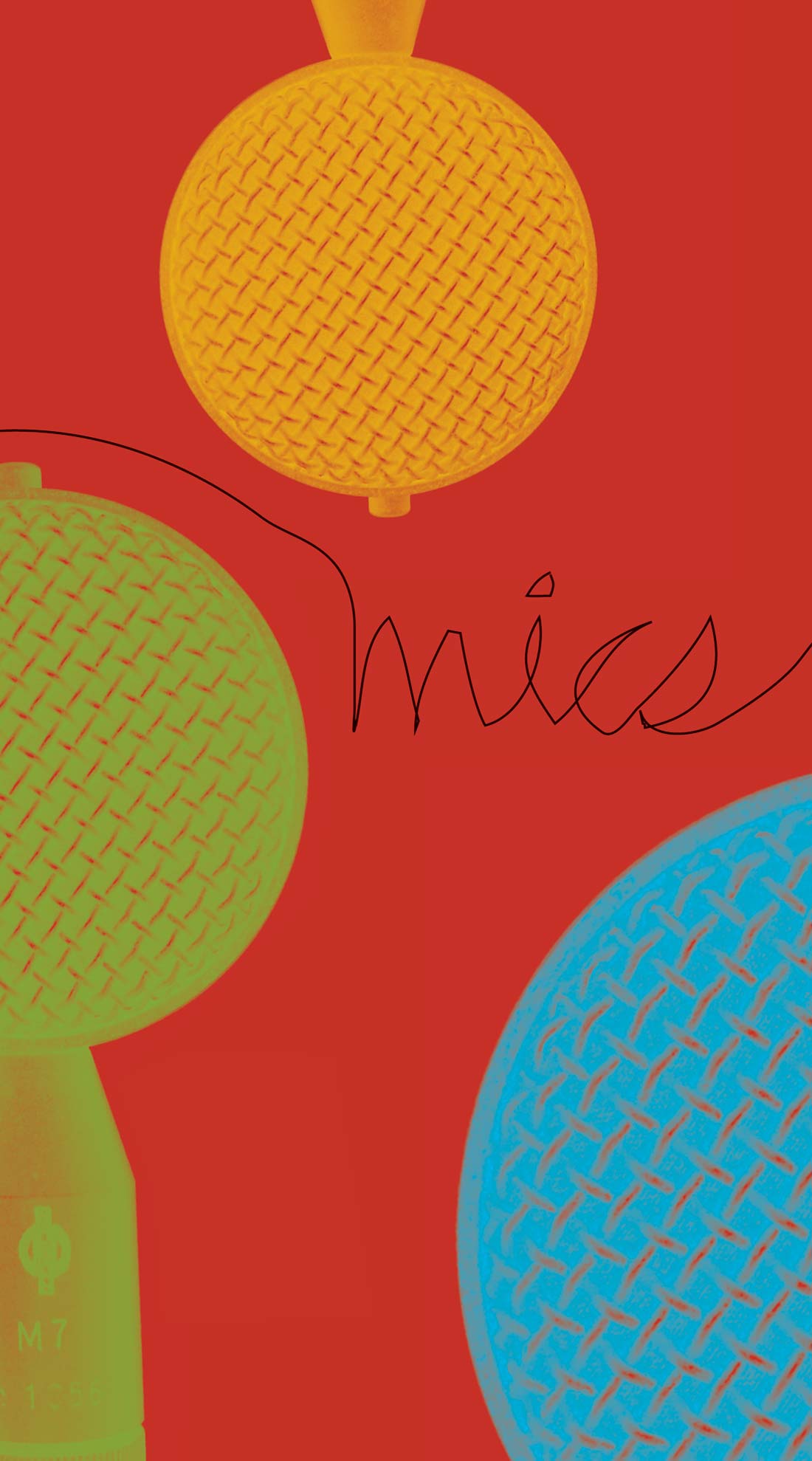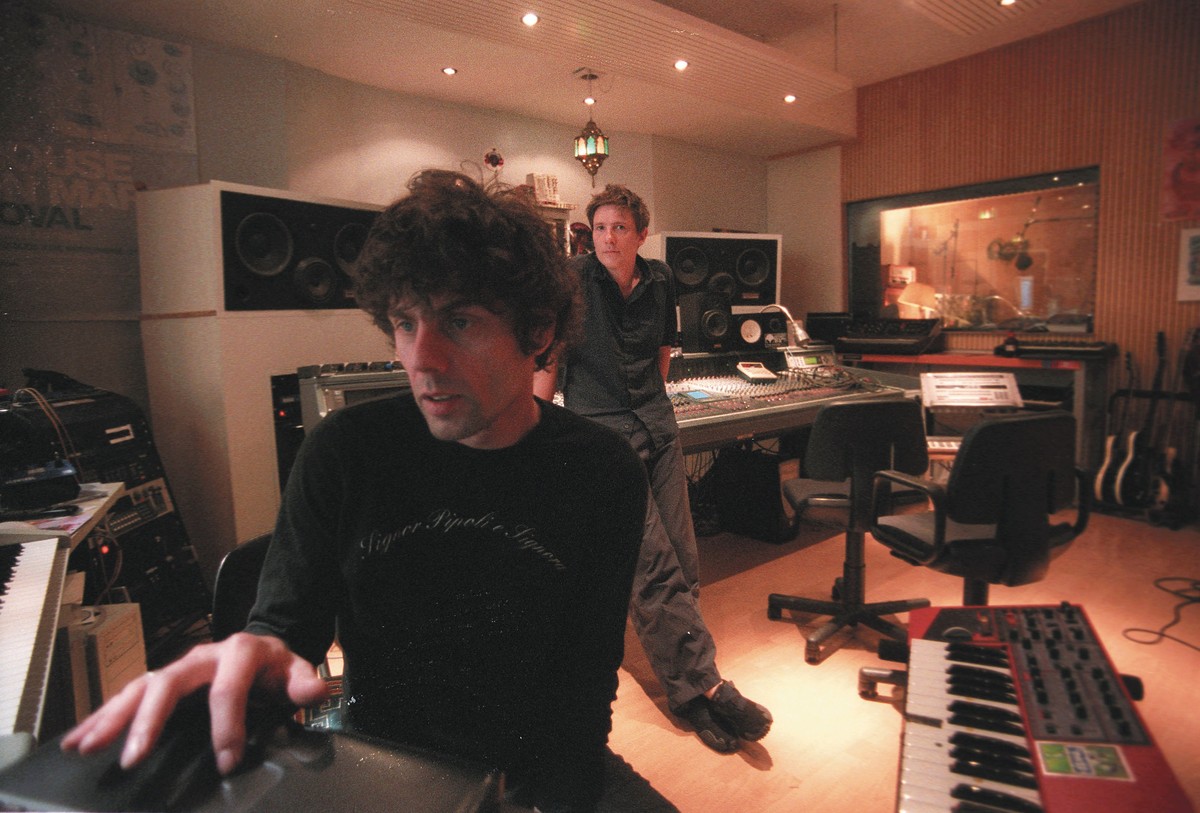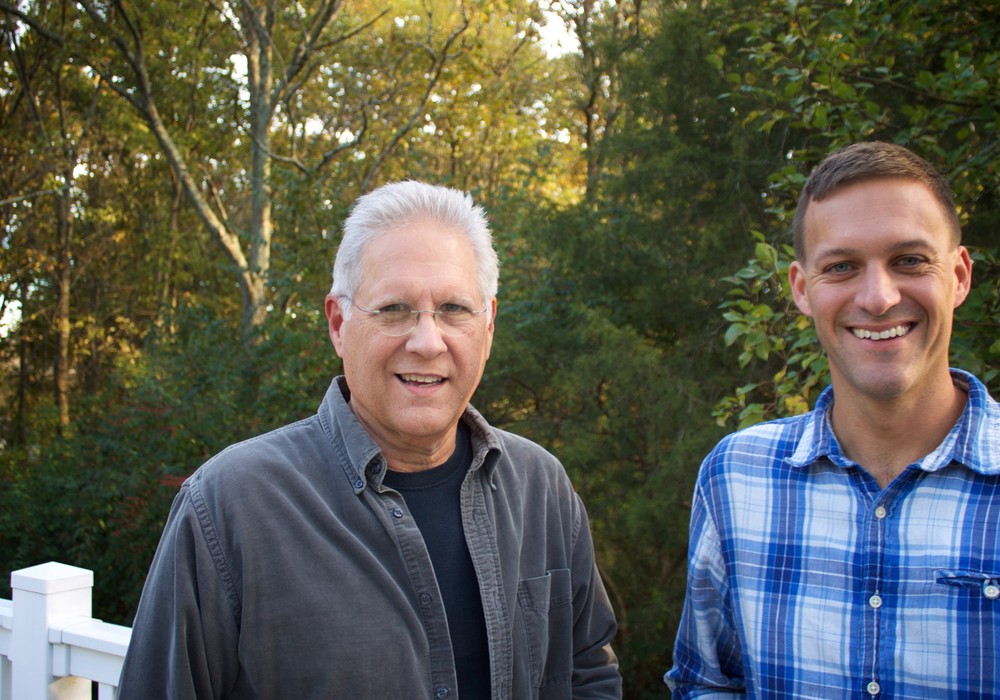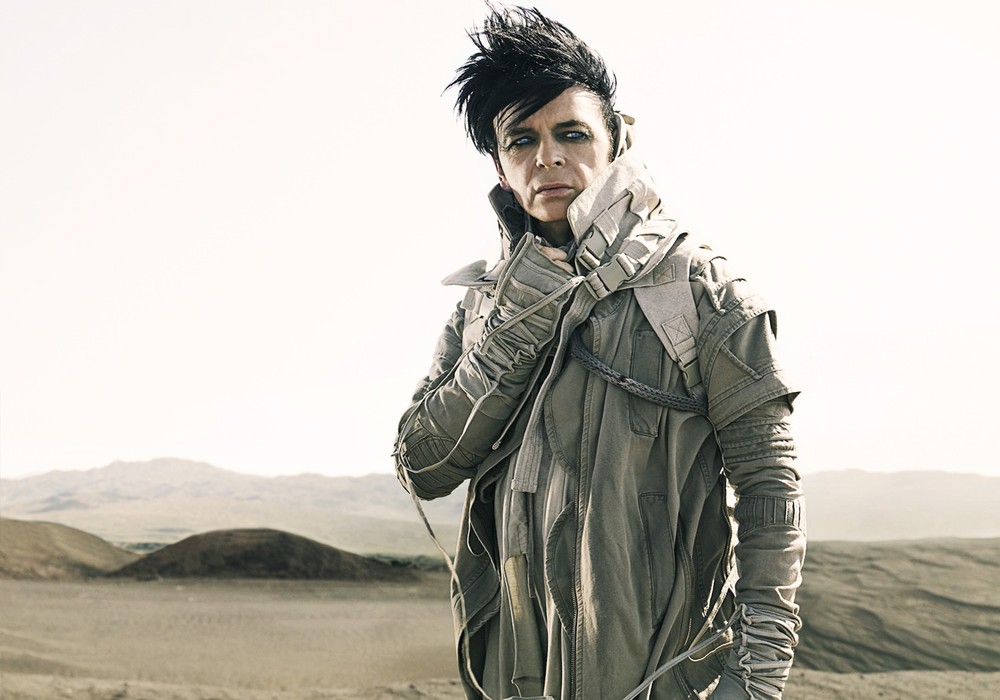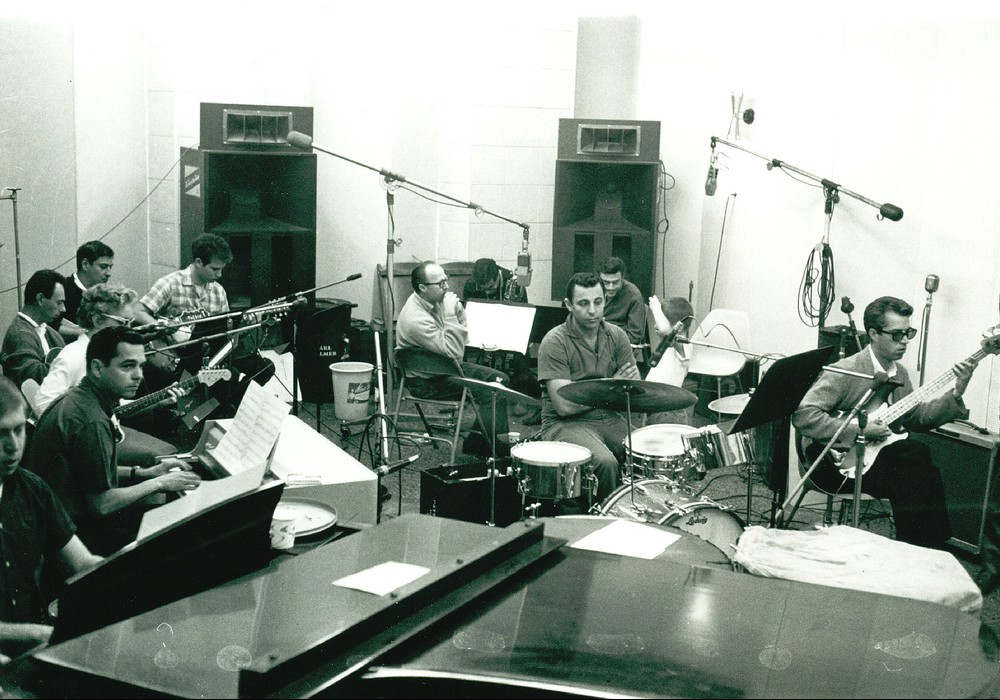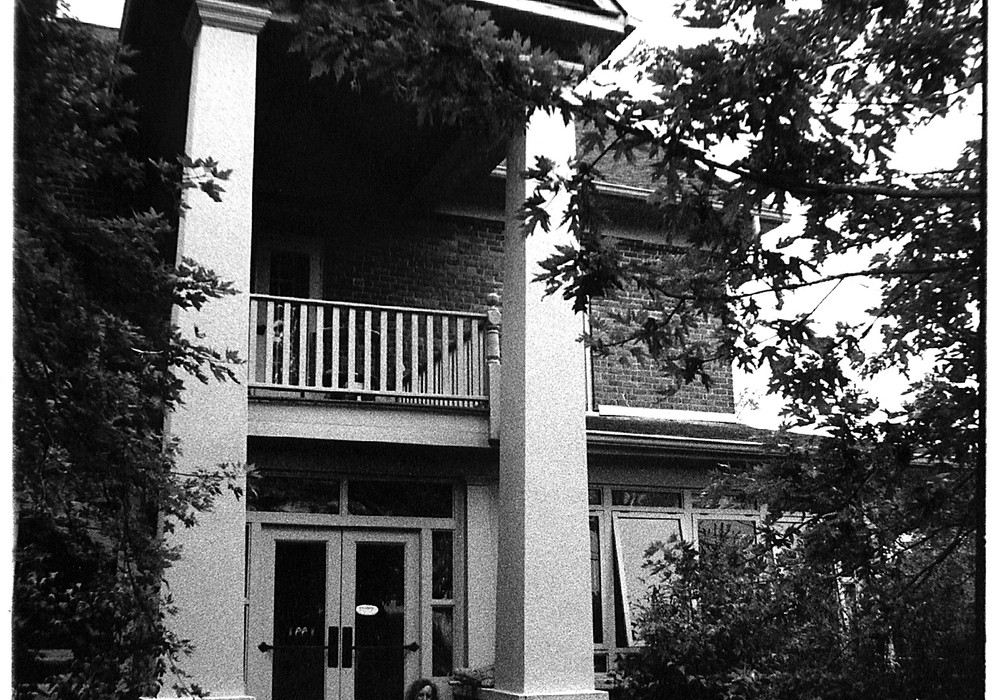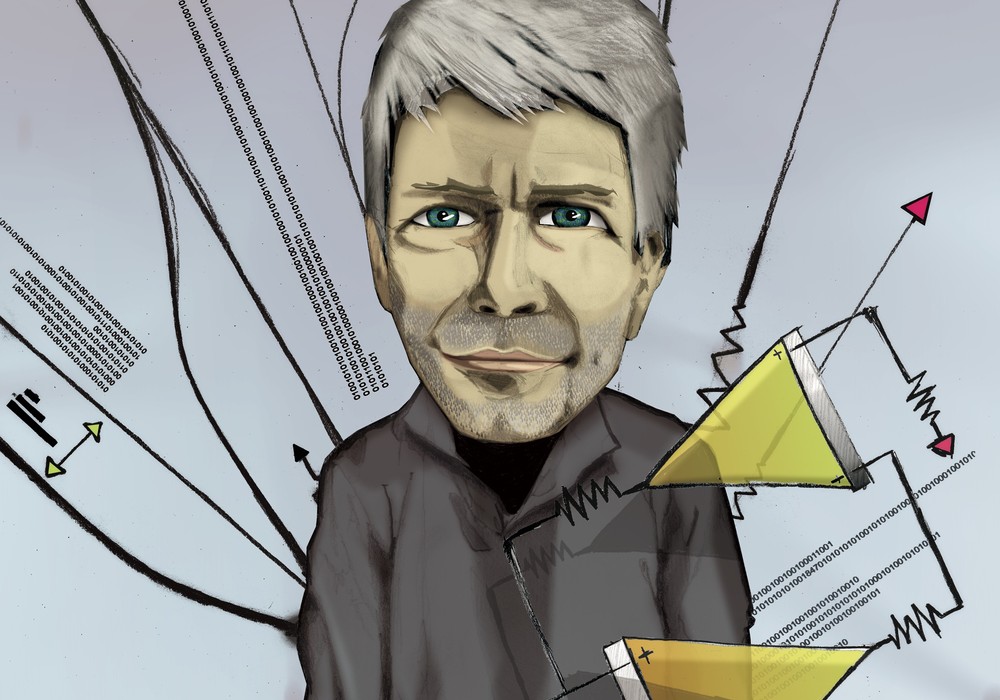Mouse on Mars have been electronic pioneers since the early '90s, being one of the first bands to successfully create electronic music for the non-raving crowd — one of the more important bands bridging the gap between samplers and indie rock. Jan St. Werner and Andi Toma have been releasing records steadily since the beginning and with their newest, Radical Connector, prove that they are still expanding their sonic arsenal.
I wanted to start by talking about the early records, like Iohora Tahiti. How were they recorded?
Since we started we had a studio. First it was in Andy's home. You could say bedroom. It was the biggest room in his house. I don't remember what the first board we had was, but now we have a Soundcraft DC2020, and a Studer 24-track machine was always there. That was Andy's baby. He always loved it. Also, lots of outboard gear. For samplers, at first we used an Atari, then Akai and EMU samplers. And lots of effect pedals — I think what was maybe not that common at that time was to use guitar gear for electronic music or to mix things like using guitar on an electronic record, like beats and guitar and breaking these clichés. You had techno, trance, and ambient for chill-out rooms, which were popular at that time. On the other end you had indie rock, and some of the indie rock opened up to more exotic sounds — a bit loungy stuff. But everything was still in its niche. We always wanted to be like a band, like the music we made somehow was abstract and was just there, but if you could imagine someplace where this was coming from it would be instruments being played. It would be a sound that is physically coming from somewhere and not having an abstract moody electronic soundtrack, strange and synthetic. For instance, I always hated synthesizers. When I was young I was a big Queen fan and I was always going for the no- synthesizer aspect of the records. I always liked that all the effects and sounds were made with tape manipulations. When we started working with Mouse on Mars, we didn't really want to use synthesizers. We didn't really want that sound.
Usually when you hear a record you can hear the process. On your records I listen all the time and never really understand the process.
What is interesting is when you make music or whatever you make, y more like a rock band made us create this kind of music that was totally a holistic kind of global idea of what music should be. In the beginning people would ask, "So what should people do when they listen to your music?" And we always said [the] best is if after they listen to what we have made, they put on a record that they really like. Something really interesting. It could be a Beach Boys record or a field recording record. It was never, "Lets make a jungle track or a movie track..." It was never like that. It was like," Look at this sound and what it does and how you make sound should just come along." The first little bit of sound gives you a hint of what comes next. And then you combine the elements, like a puzzle. We were always sampler guys. We were never synthesizer freaks. If we heard a sound that was vivid and interesting that was okay. My first synth was a very detuned, very kind of odd synth that had a lot of personality. Then I got a JD-800 Roland because that was the first digital synth with an analog surface. That was one of the ideas we had: No sound should stay the way it came from the synth or mic. Everything should be treated. So the spark of how a song starts could just be a very minute thing that we could play around with and see what it could become. On Vulvaland we had a sample by Iggy Pop. We want the samples to not be a reference to something that already exists. But more like making it abstract so it takes away from the source so it leads toward a kind of manipulated, active perception so everything you get you process in your head and throw it out. It's much more the process of treating the sound than the end product being a perfect track. So through the years this became stronger and stronger and less about how interesting the source material we used was and more and more the...
